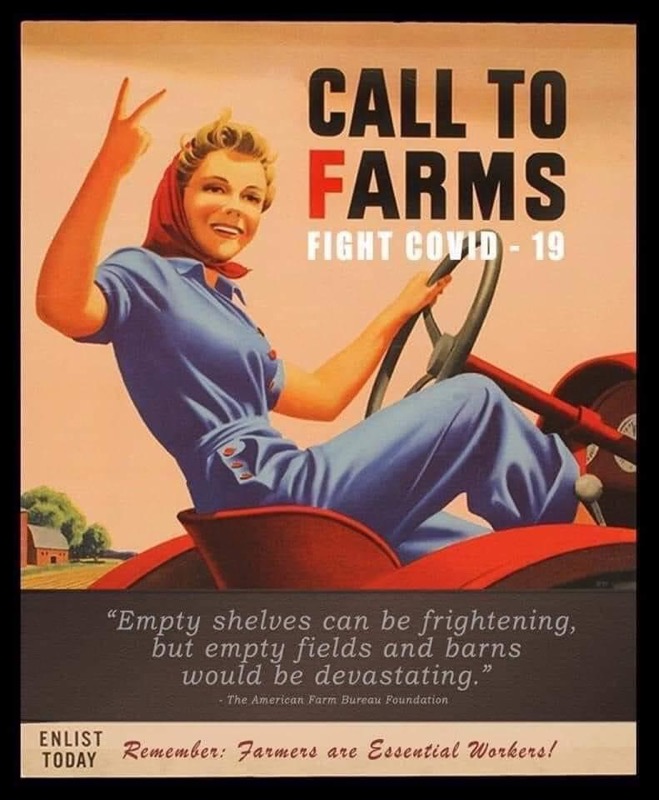
2020: The year of a worldwide pandemic, Covid-19. This is also the year I retired from public education after a full 31-year career of teaching. Here’s a shout-out to all the educators out there making the best of virtual teaching and distance learning. We appreciate you! Deanna sent me this image of a retro poster regarding the essential nature of farming. We are happy to produce nutritious organic food for our community!
BIODIVERSITY
In this time of social distancing, we have enjoyed our time on the farm, taking notice of the diversity of life all around us. It is a blessing to have this land and space to breath and work.
Bees
Bees are the most essential workers of all! Here is a picture of them pollinating the cherry tree. They were spotted on all crops at their time of flowering to aid in a bountiful 2020 harvest!
Birds
Various birds are present on the farm throughout the year. These are pictures captured of a few that stopped and stayed out here for a little while. I would like to find time to really watch and learn what types of birds they are and how many different types pass through. There are many more than shown here. During the farming season, we are busy and don’t always have a camera handy to really show how abundant this land is with birds!
Chickens!

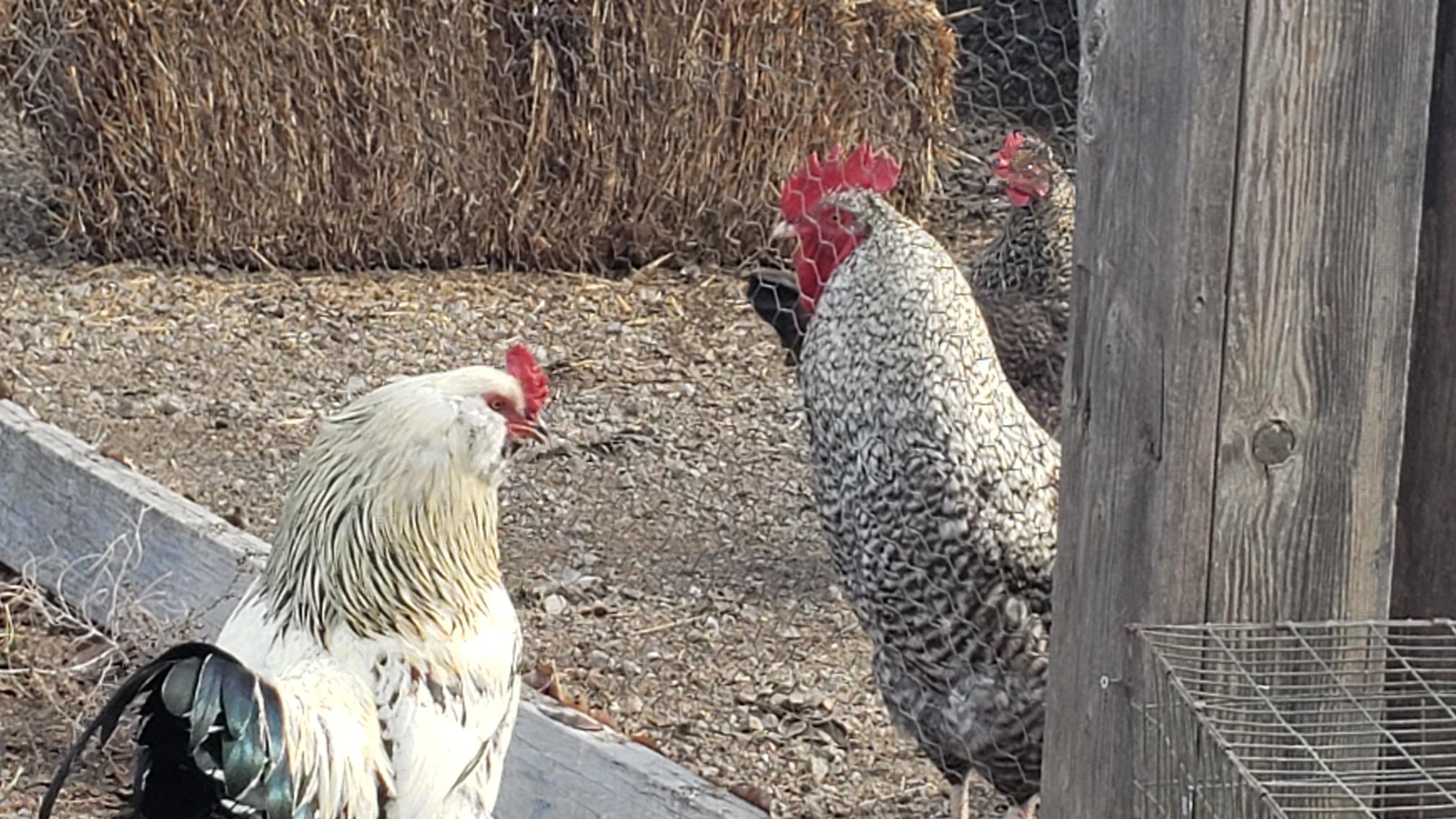

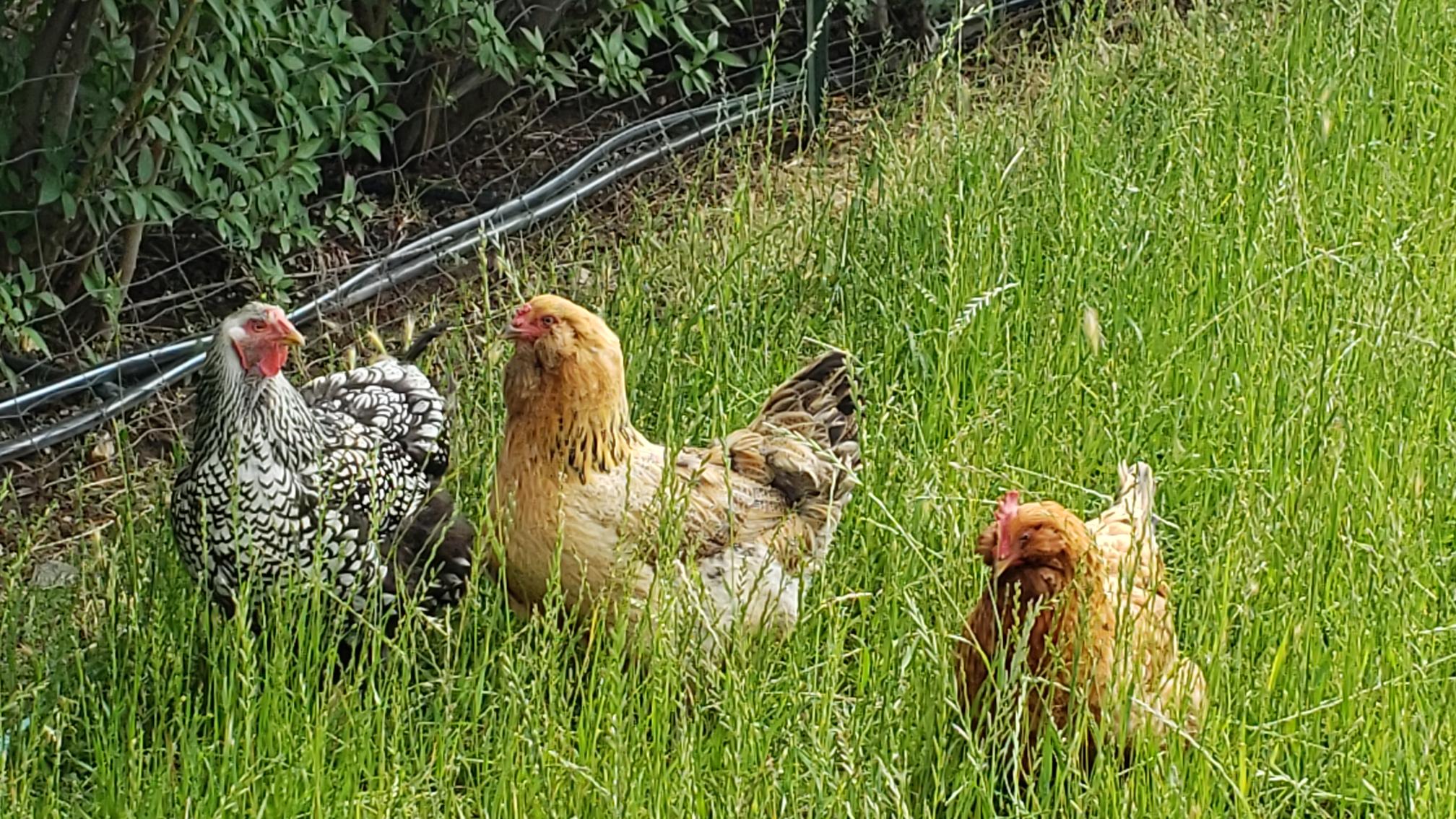
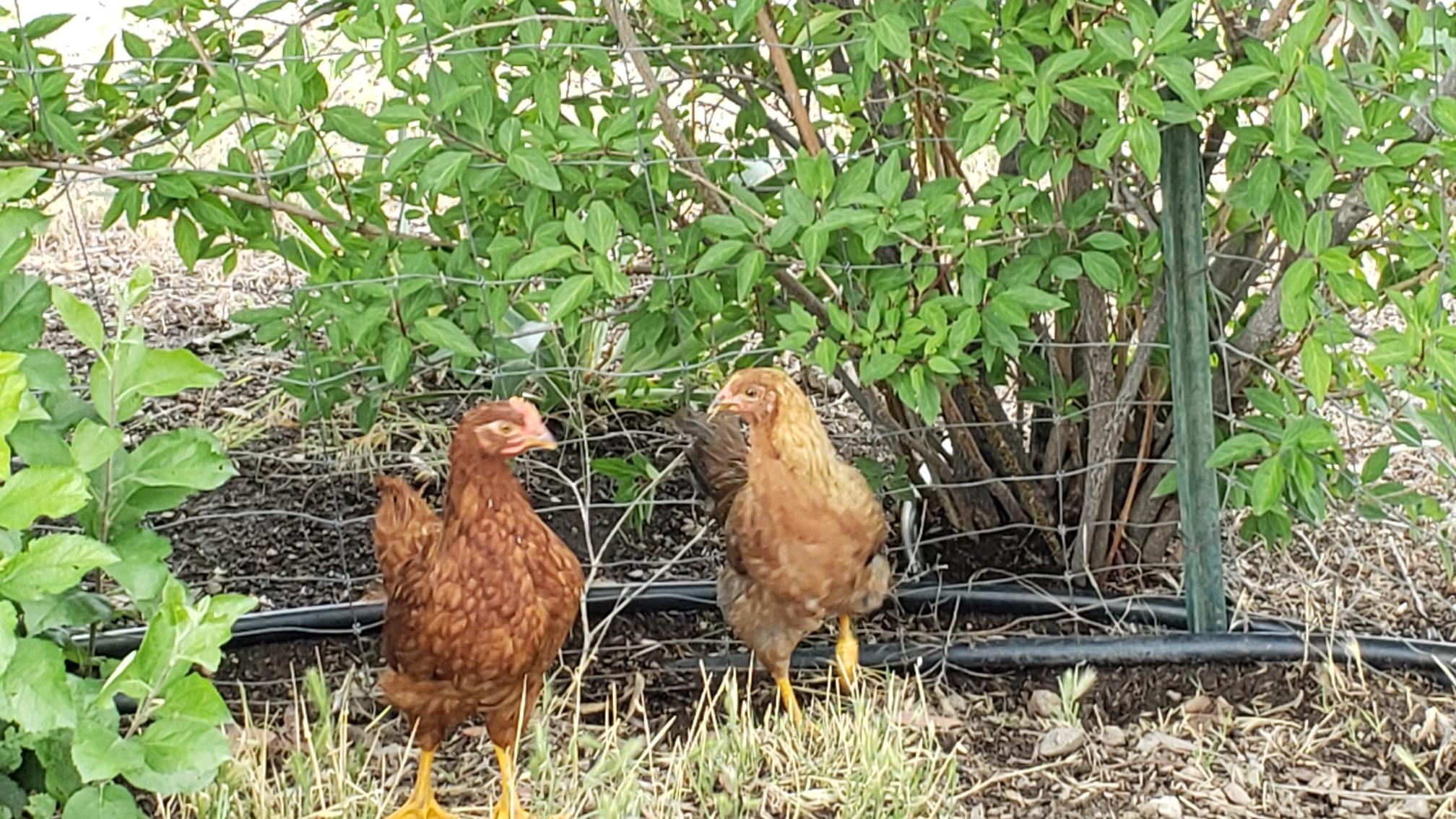

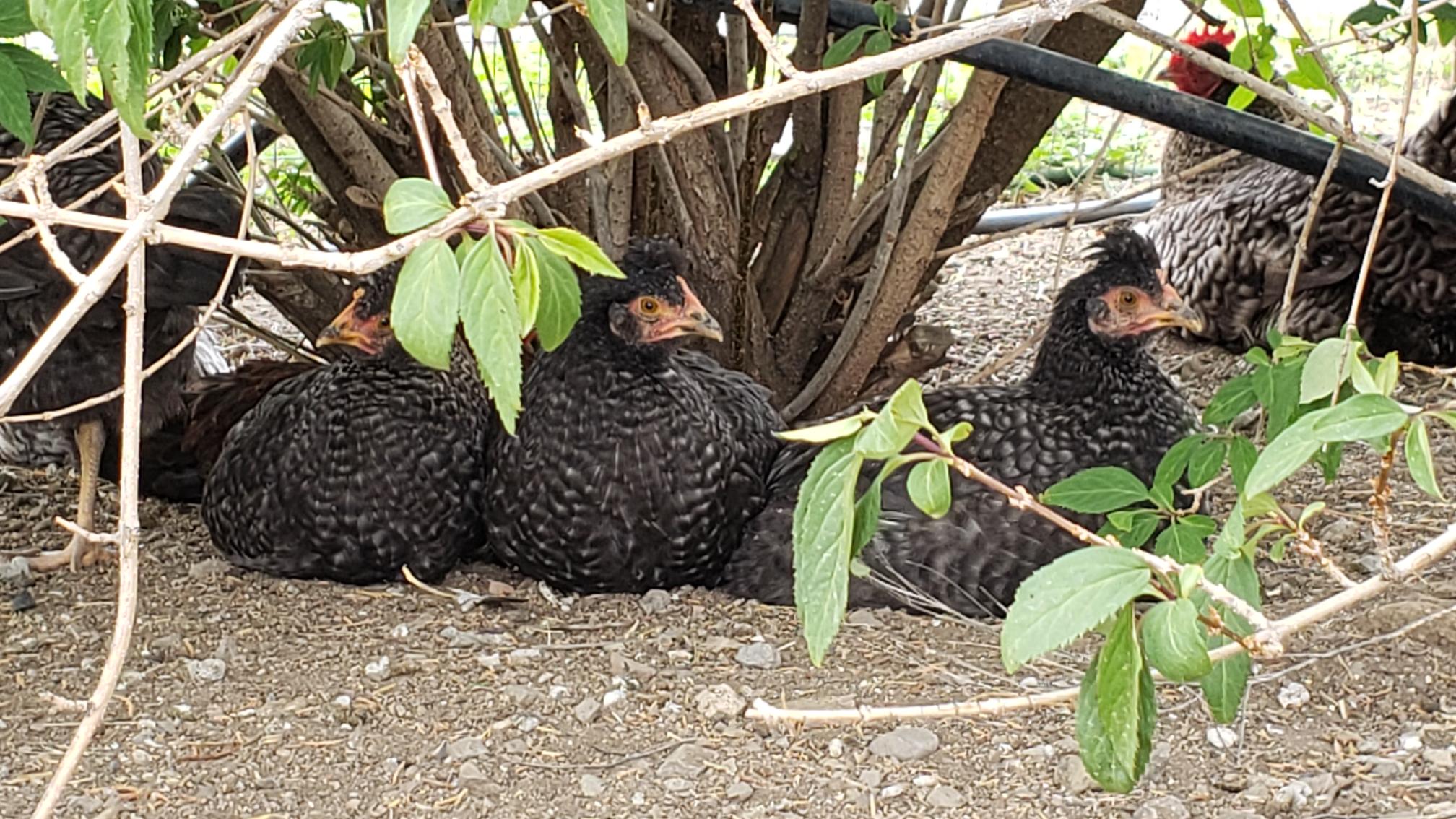

We started with a variety of chicks back in April, mainly chosen for the color of their eggs and their mild temperament. They have a nice coup in which to perch at night and plenty of room to run around. We don’t have pigs this year, so we planted a forage crop for the chickens and extended their space quite a bit. It is a good sized yard. They peck around in there and stay cool under the shade of the lilac bushes. We did end up with four roosters, though, out of about 18 chicks. Two were very dominant and bossy, scaring the older hens to hide and stay perched even during the day. We processed those two roosters for Thanksgiving. The hens are happy now and not afraid to run around!
Snakes
There are plenty of snakes out and about, especially when the weather gets warm. Mostly, we see gopher snakes, which is good because they keep the rodent population down. We have way too many squirrels out here, so we can use all the help we can get! Green racers are also common. The past few years we have had encounters with at least two rattlesnakes per year. Those are probably also good for keeping the rodents at bay, but their bite is poisonous, so we have to control the population of rattlesnakes.They are beautiful animals, though, and very polite, as they shake their rattle to warn you of their presence. They are not aggressive animals, but you would not want to stumble upon one and startle it. That is how you get bitten by a rattler!
Toads and Frogs

Toads are very well camouflaged in the soil and are often found in damp spots under the irrigation lines. The little bright green fellow is a frog who was found shading himself under the drip line as we were planting. It is good to see these critters out in the fields because they keep the insects in check.
Coyote
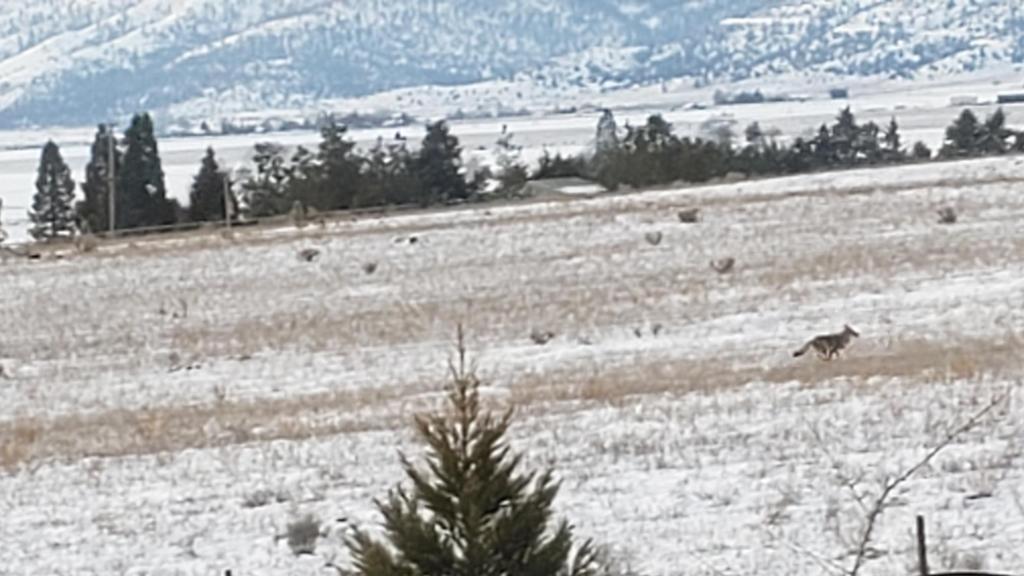
Coyotes are more often heard than seen. I happened to catch this one on camera as it was running through the field next door. I zoomed in real close, so the image may be a little fuzzy, but he looks like a healthy animal. Eat the squirrels and rabbits, OK? Just stay away from the chickens!!!

Here’s Cleo!
Cleo is the sole surviving cat of a litter born on the farm when we first arrived 18 years ago. She doesn’t go out much anymore, but she did her share of hunting in her early years!
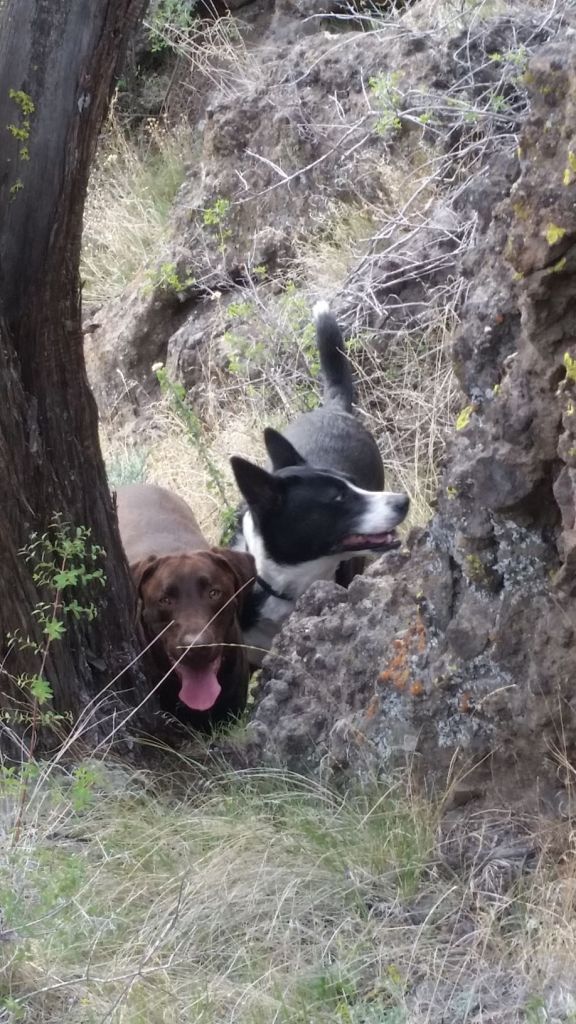
Buster & Daisy!
Buster and Daisy are always ready to chase off any mischievous critters around the farm.
SOIL!

Healthy soil is the most vital element of a productive farm!
We begin with organic seed and start our crops in the greenhouse in March and April.

Tools!
Time has obviously passed to get us from transplants to thriving plants. We keep the weeds in check with some of our favorite tools. Fertilizing is done through the drip irrigation using this simple fertigation can.
Crops!
Transplanting to the fields and tending the young starts is intensive work and doesn’t allow for much time to take pictures. The pictures above were taken in late June or early July. Beginning in mid-July, we supplied Berryvale Grocery in Mt. Shasta with multiple varieties of squash, followed by cucumbers, onions, tomatoes, potatoes, melons, pears, and table grapes. Thank you for your support and help in moving the food to the community!
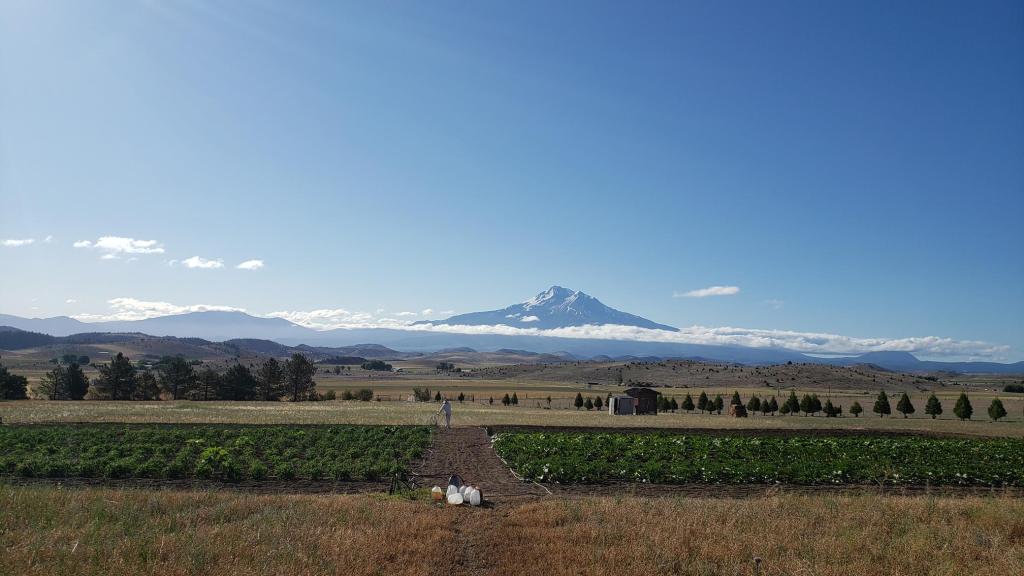
Mountain View Organics!
These pictures were most likely taken in July, when the plants were in growth mode and just about to flower and produce fruit.
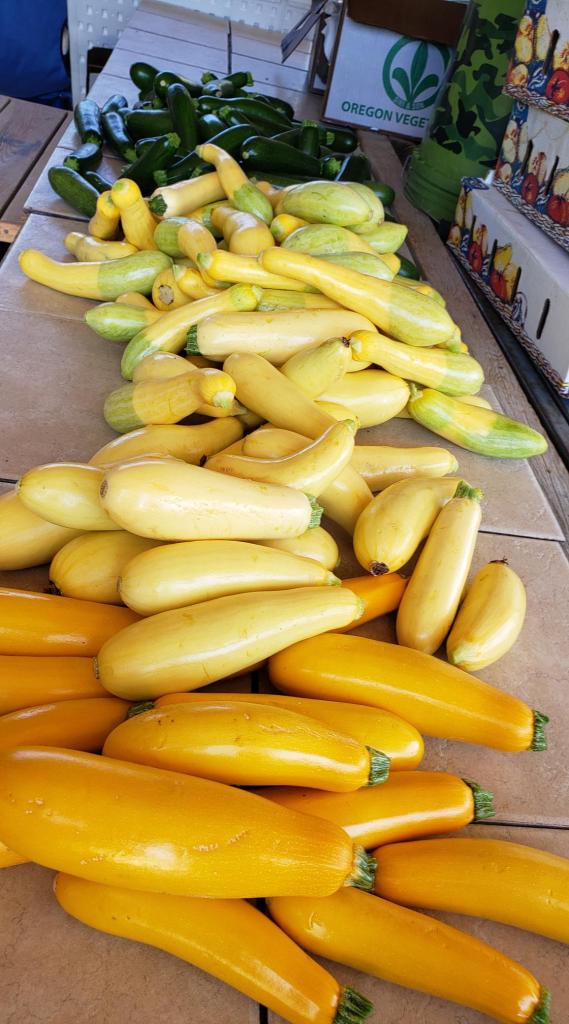
Summer Squash!
Dependable and prolific, we never tire of our daily harvest of summer squash! We supplied Berryvale with fresh picked squash three times each week! Thanks!
Our purple potatoes were a hit at Hunter Orchards’ Pumpkin Patch. They moved a couple hundred pounds during the month of October! Thank you!!!
Retirement from teaching freed me up to process the bounty of our harvest! We canned LOADS of sweet corn! Skye got me into using a pressure canner rather than a water bath.
We found time to can multiple rounds of tomato sauce!!!
After blanching , peppers were frozen for later consumption.
Zucchini bread was packed and put in the freezer.
Parsley and basil were hung to dry and put in jars. Onions and potatoes were dehydrated and stored in canning jars for convenient use in cooking!
Seedless sweet table grapes of multiple variety loved by all! Fresh eaten, of course!



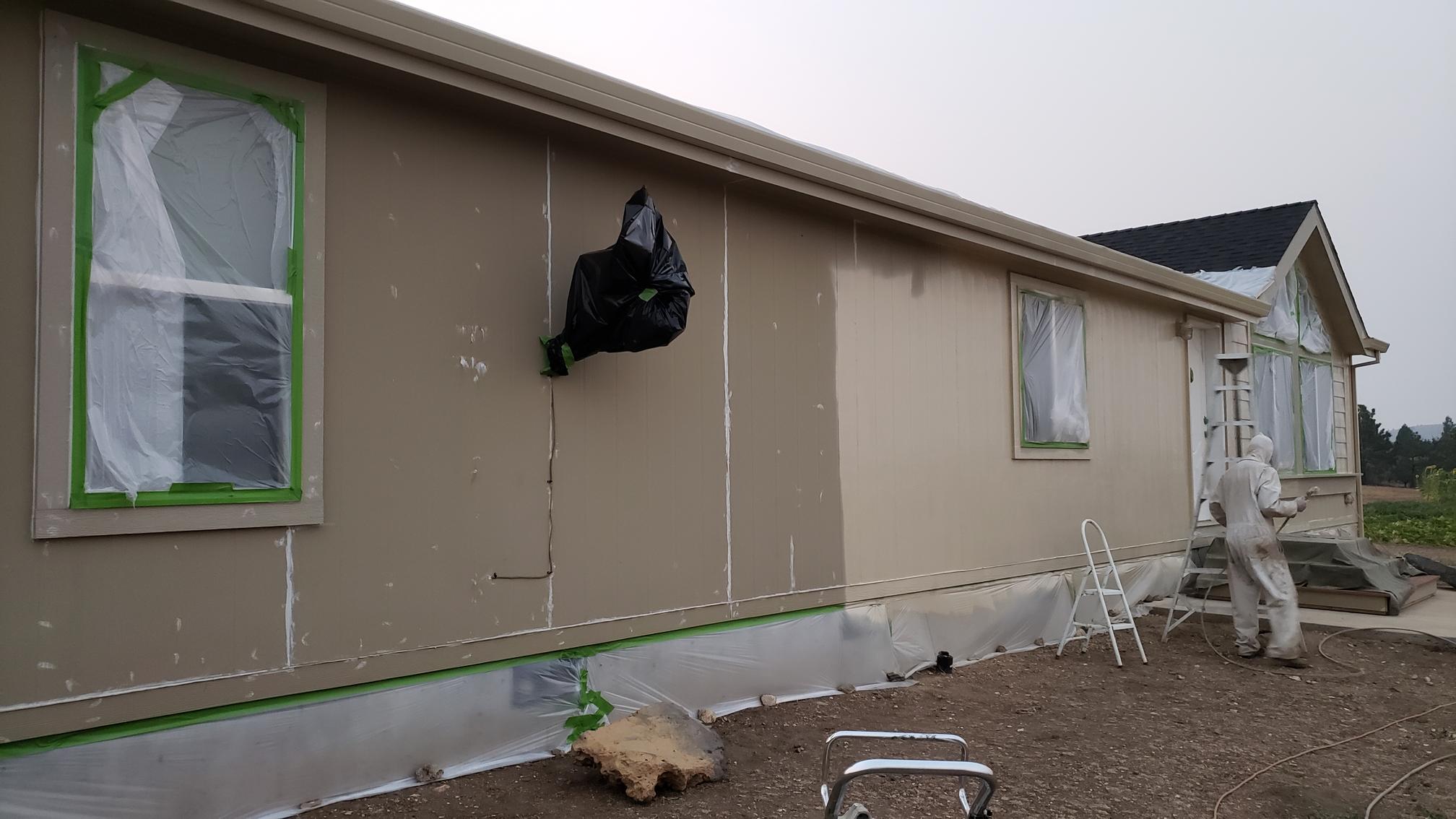
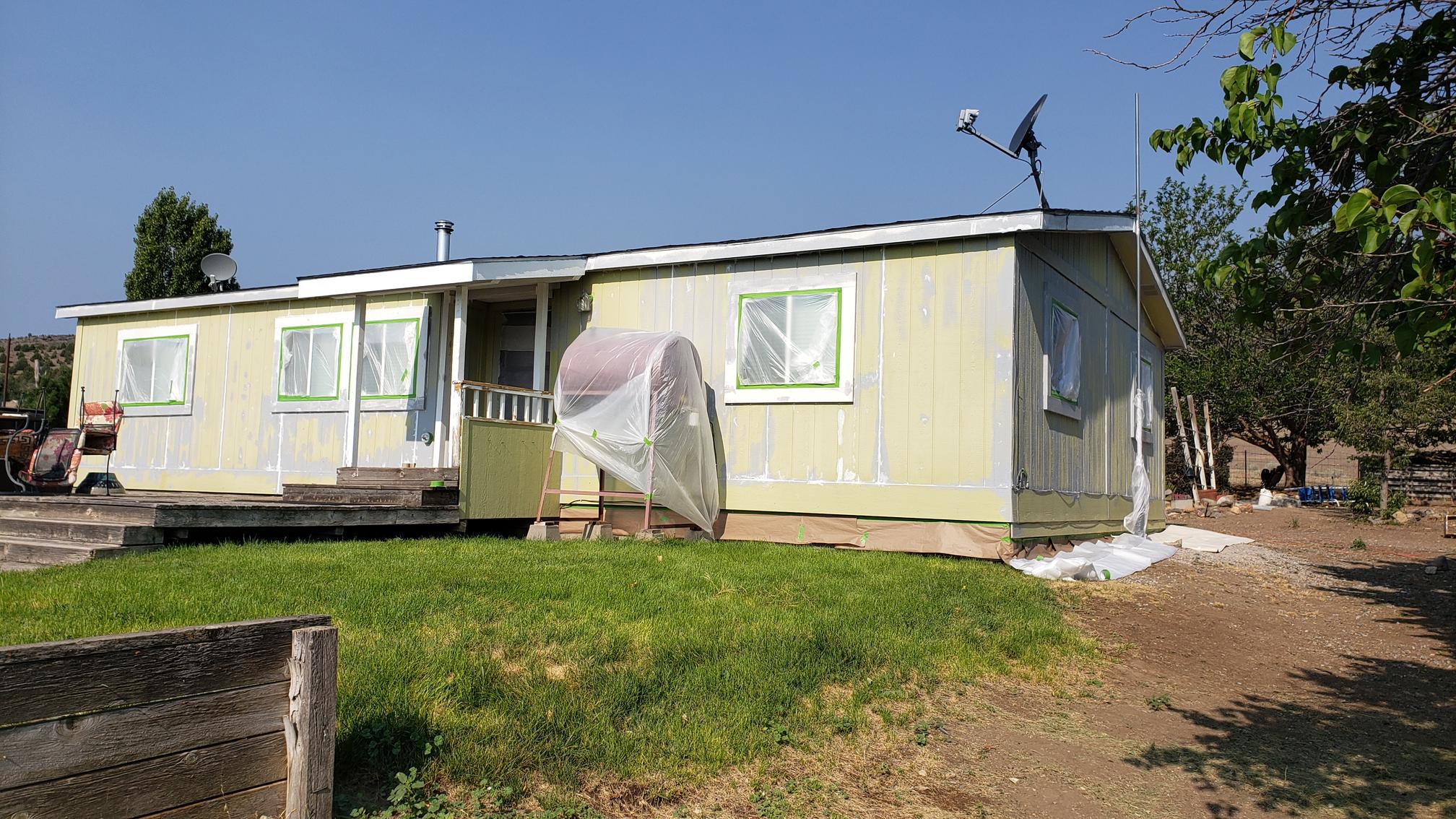
All in all, its been a productive year despite the pandemic. We even managed to paint both houses and complete some deferred maintenance around the farm!
Once again…THIS is why we’re called Mountain View Organics!!!
Ute

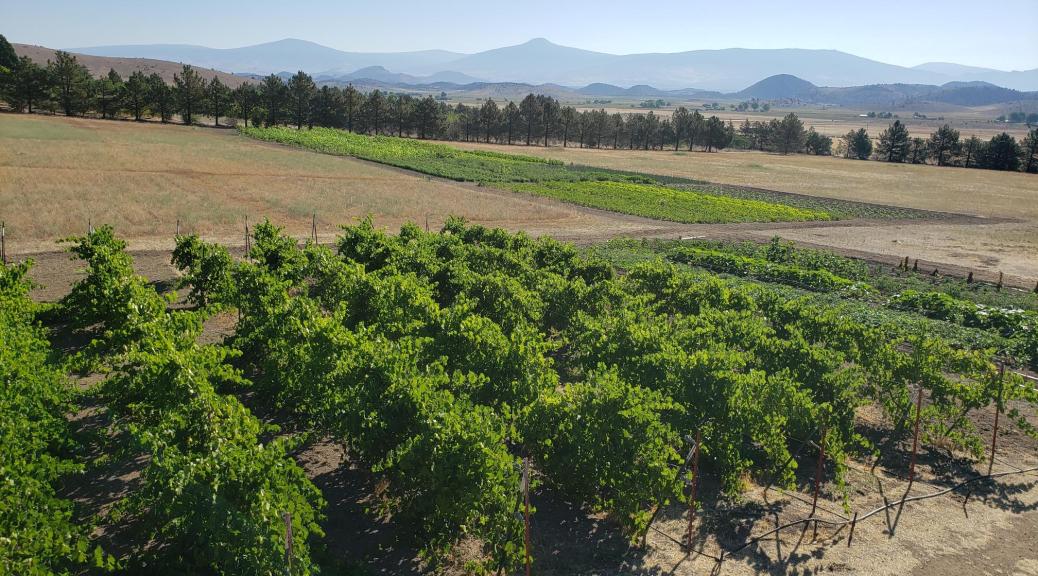
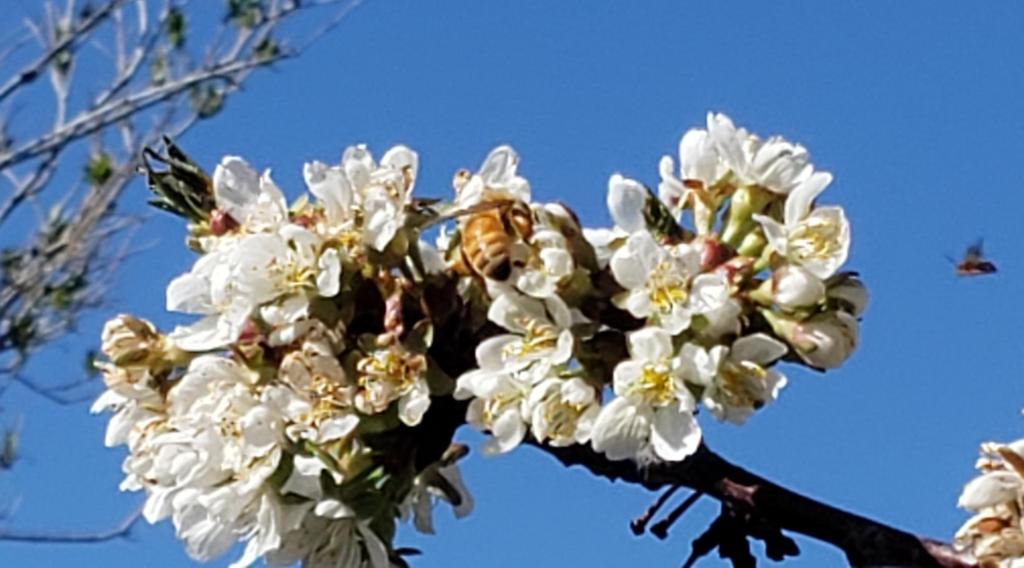

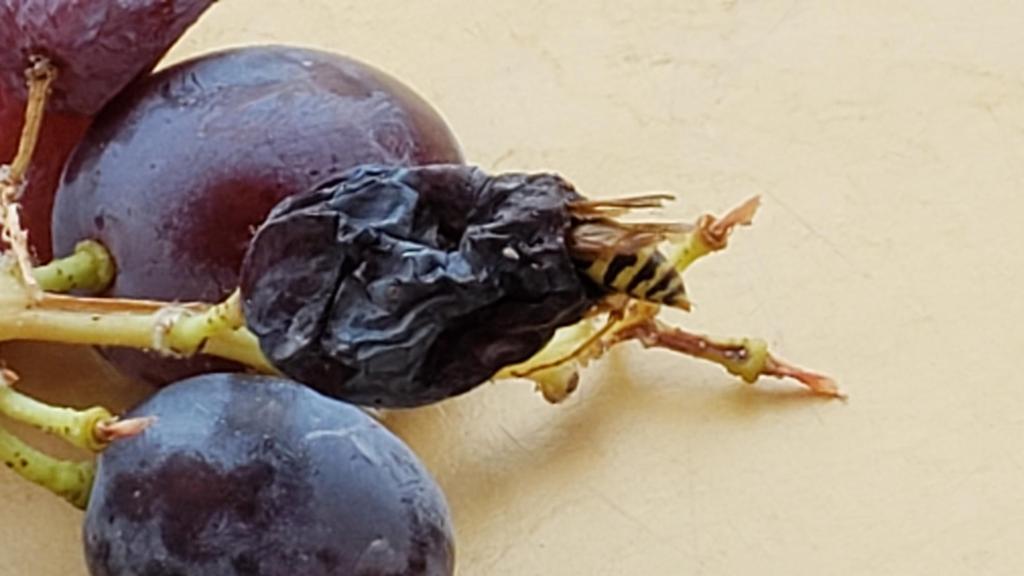
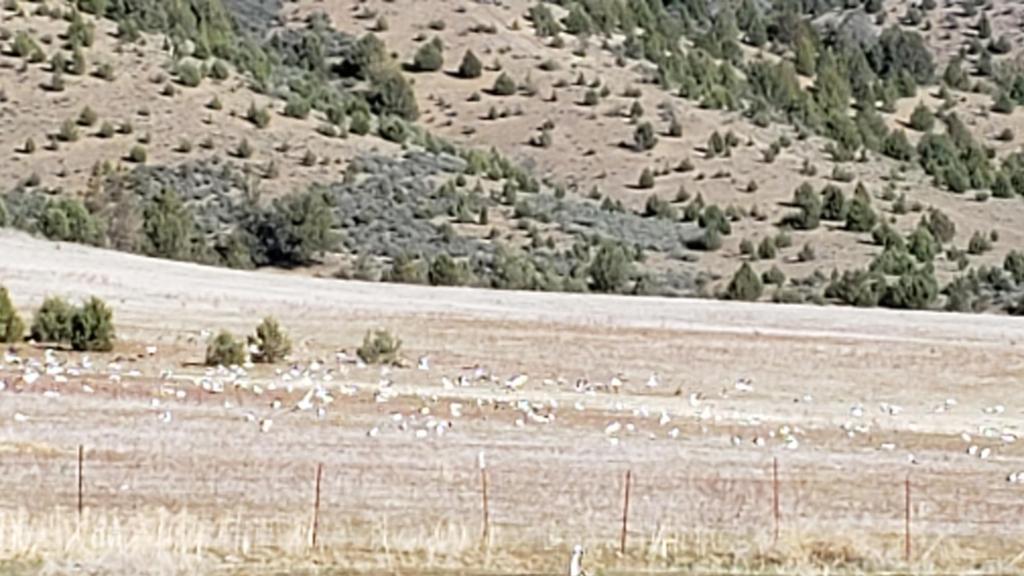

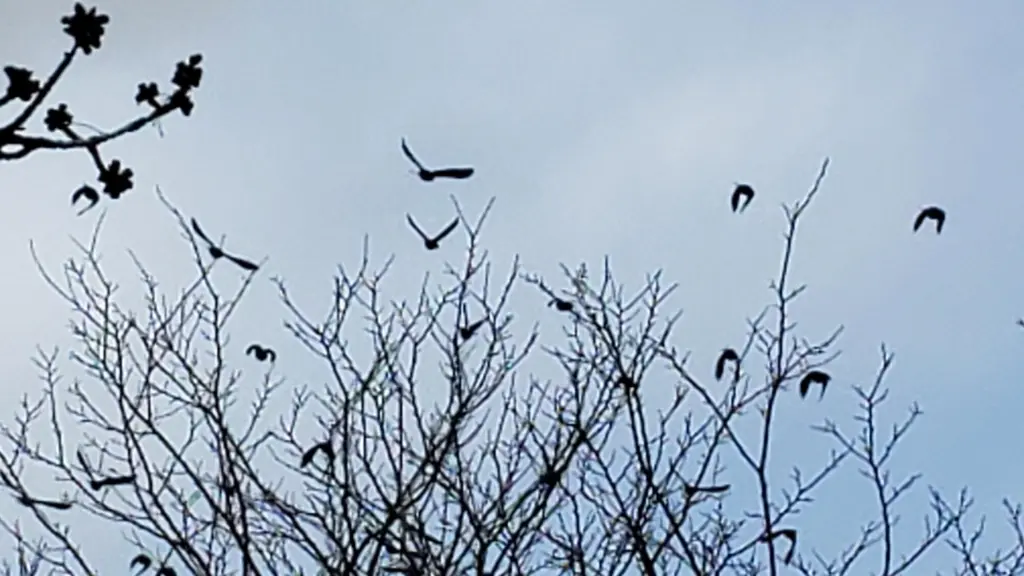
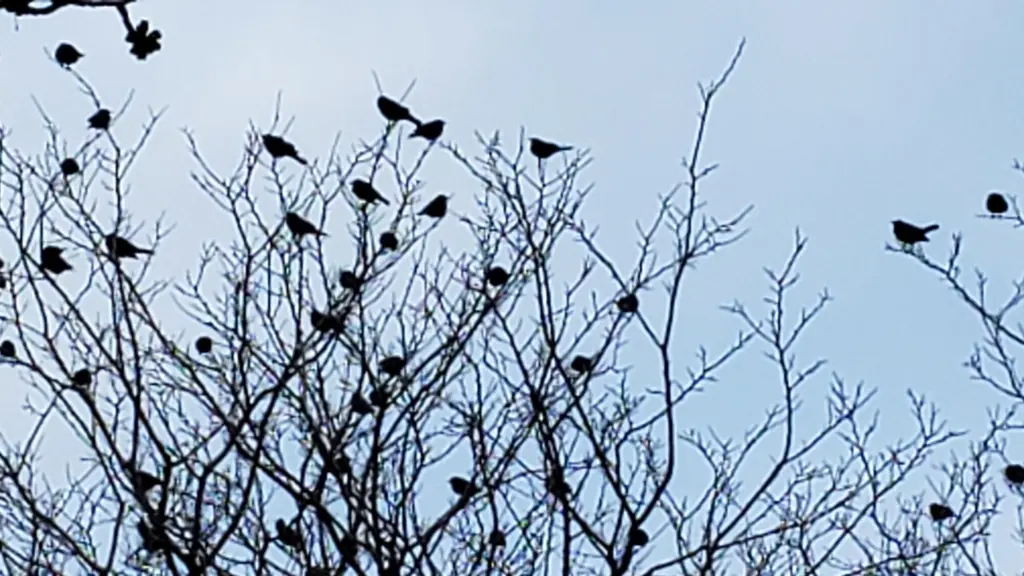
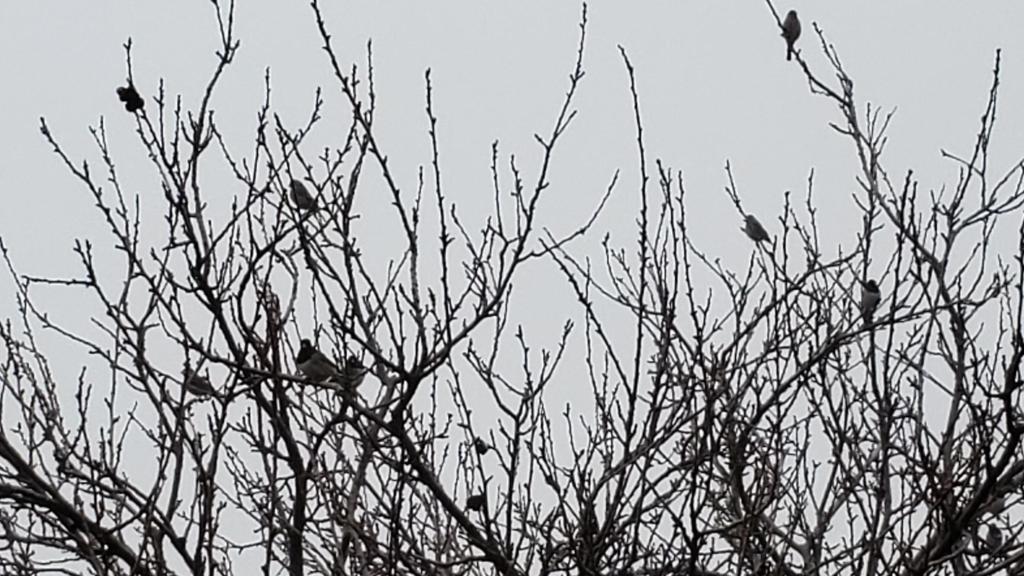
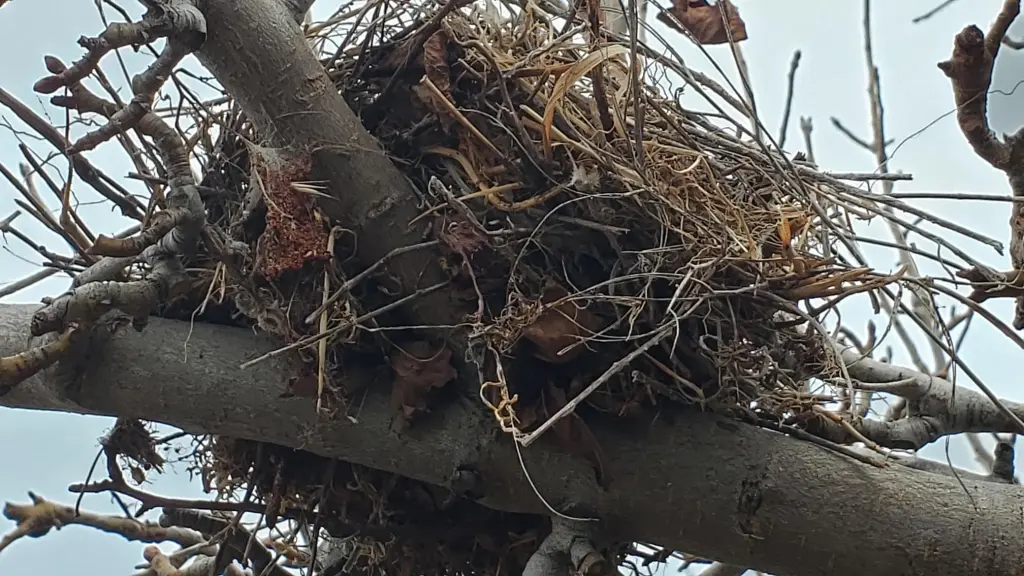
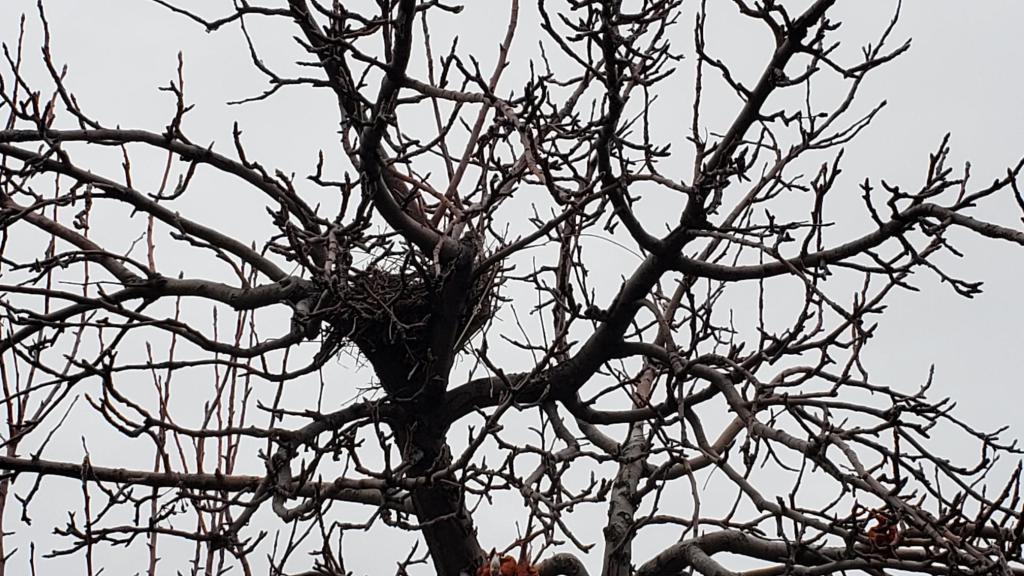
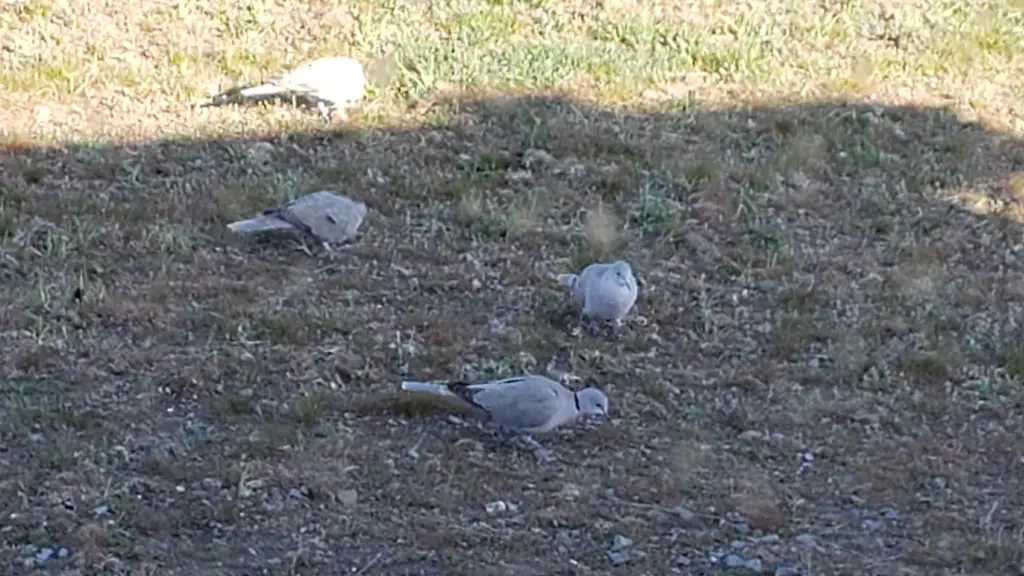























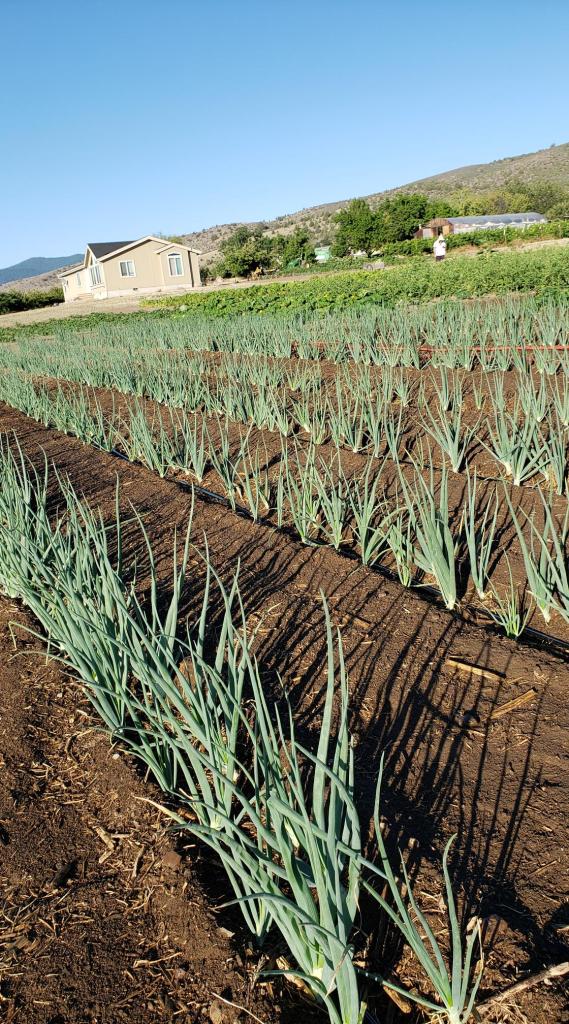

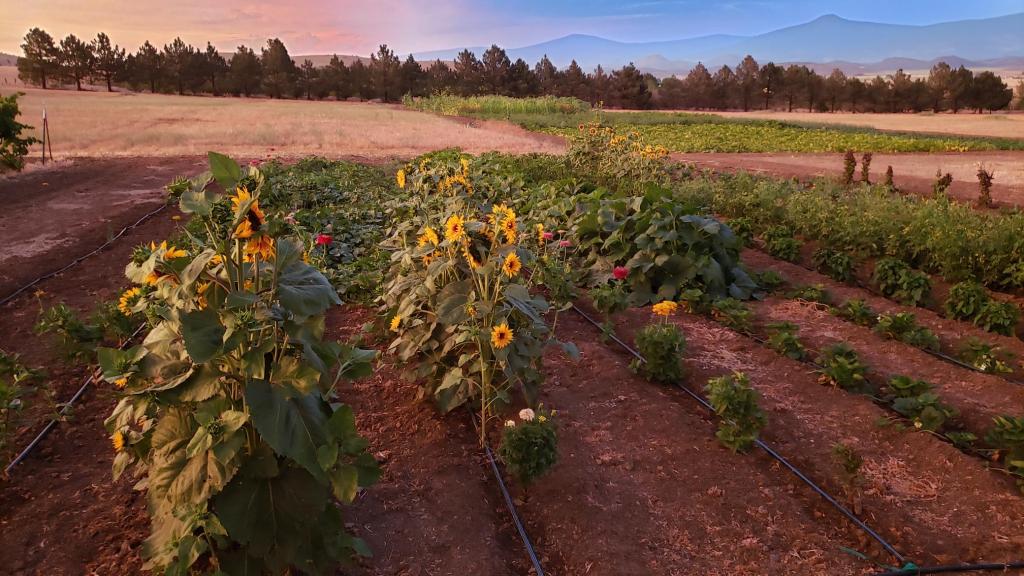

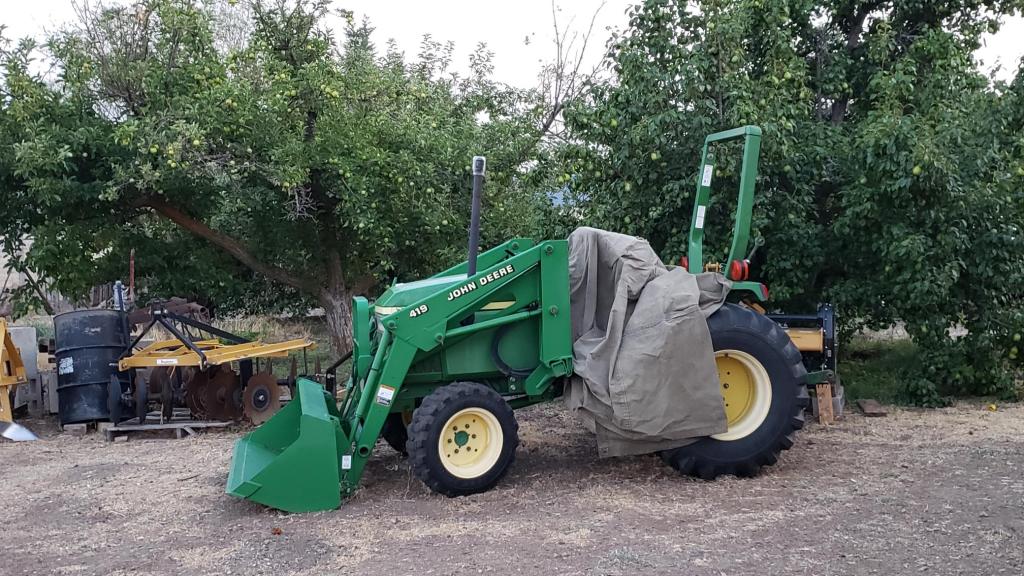





















































Congratulations on your retirement from teaching! Your farm is amazing! Merry Christmas to you.
Thanks Mary!!! Happy holidays to you and your family!
So beautiful!
Thank you!!!